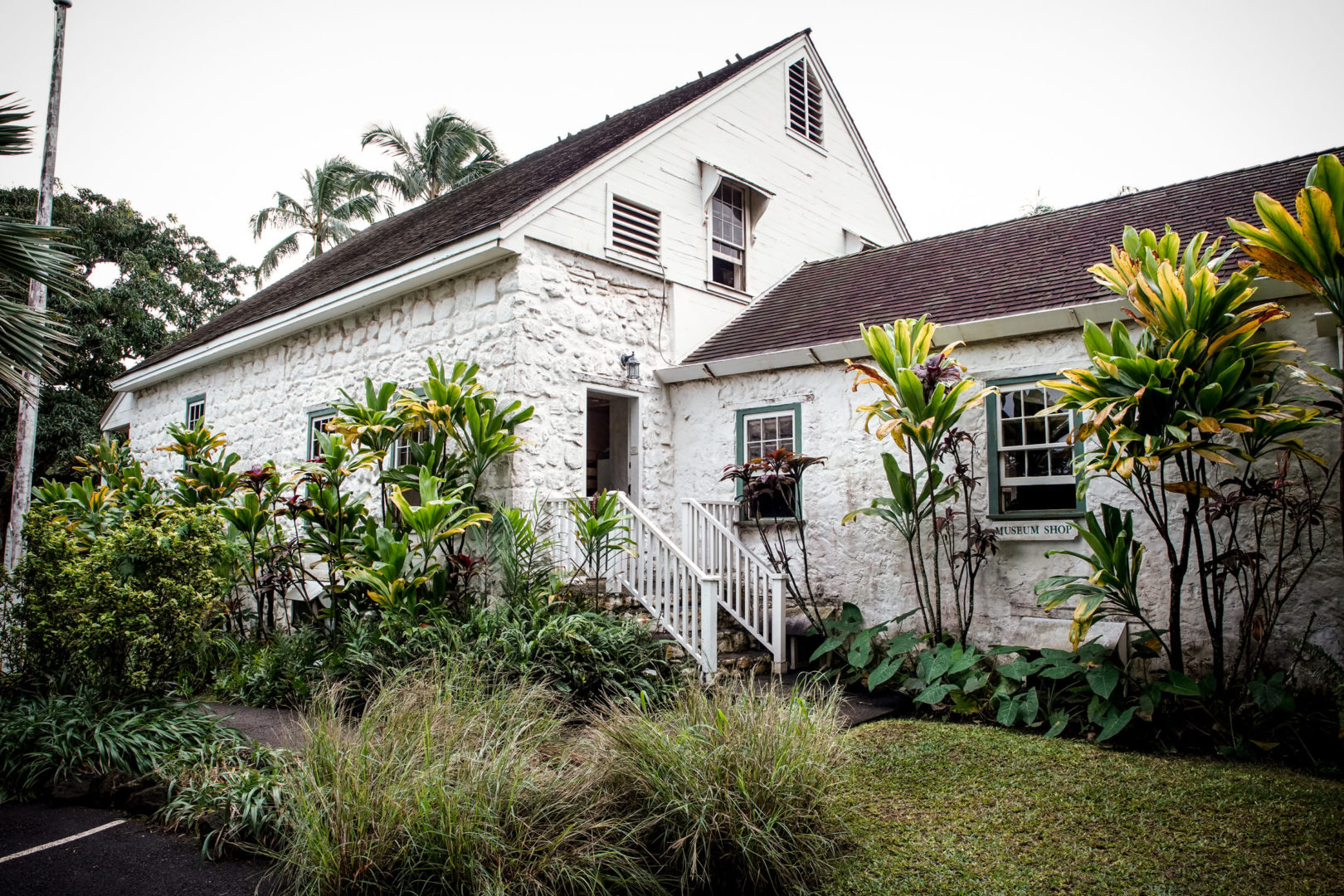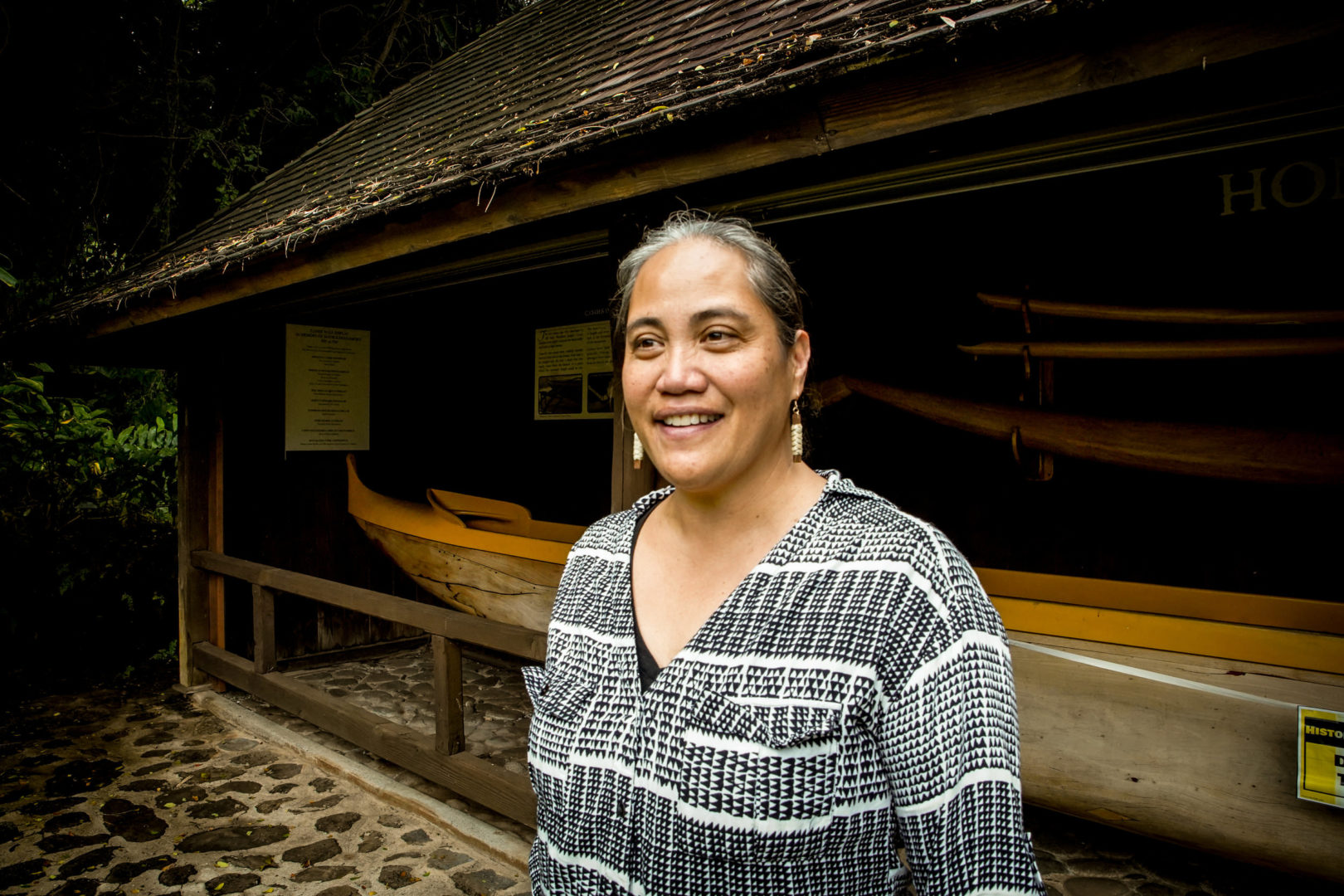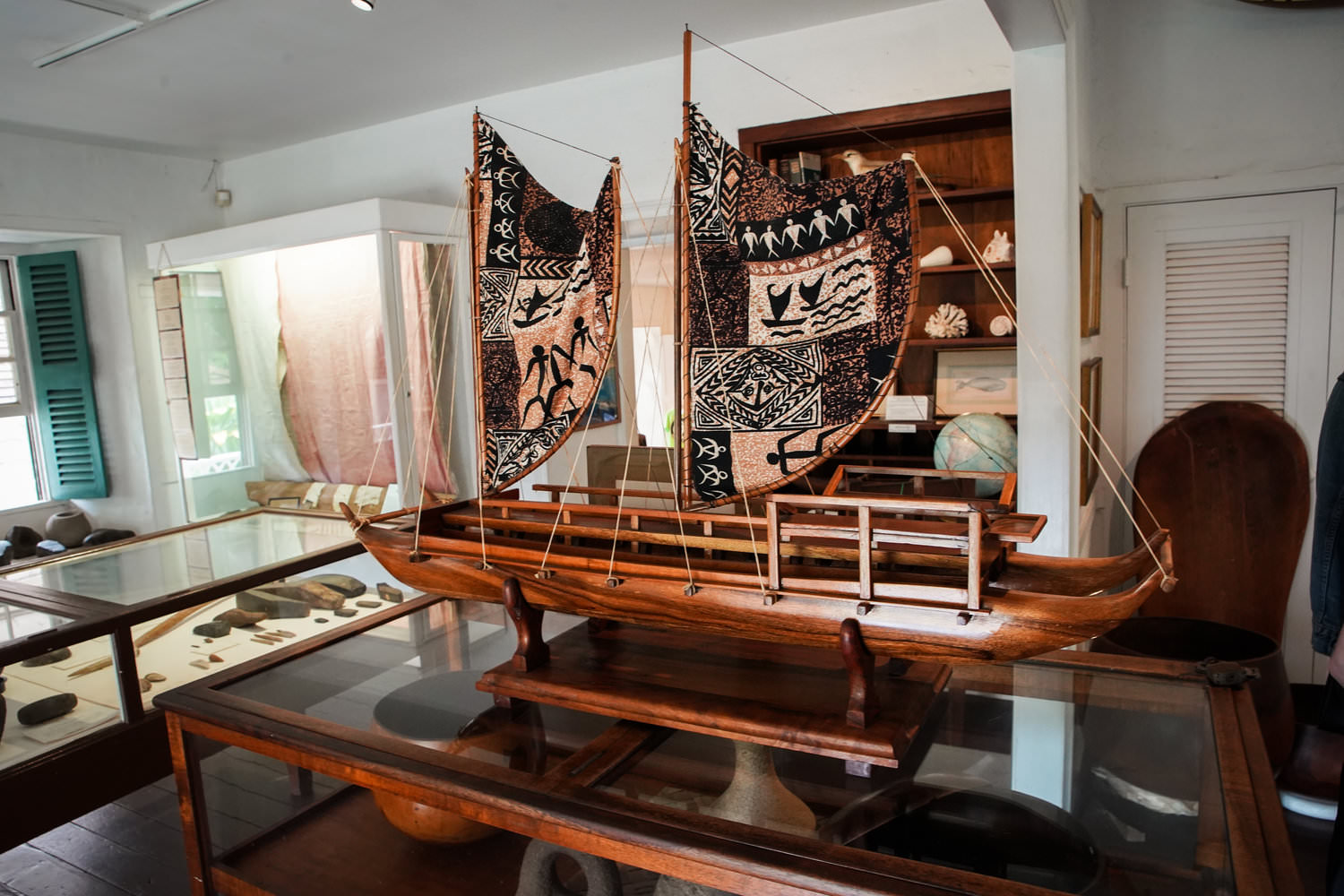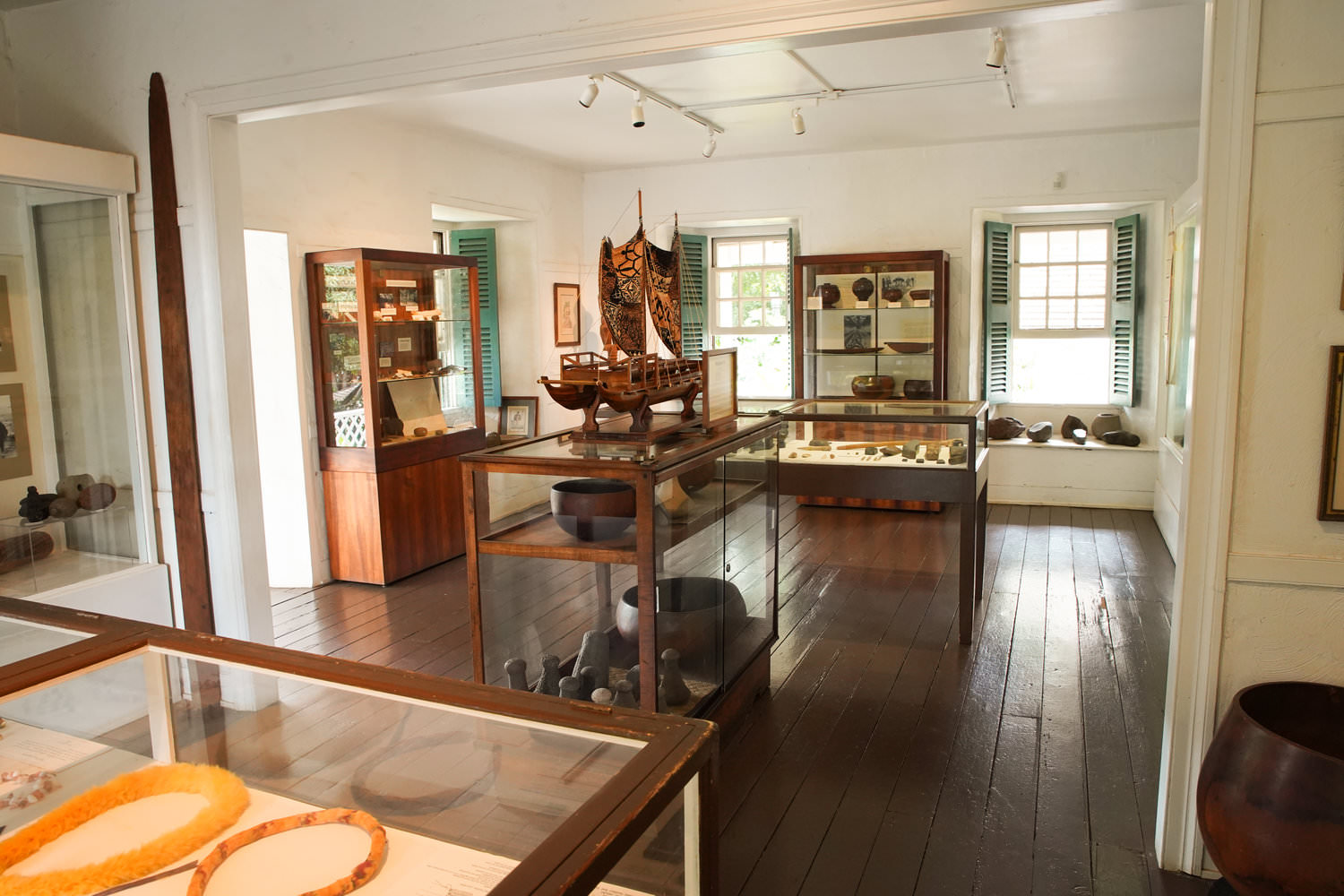Maui Historical Society
One of Maui’s oldest surviving structures is nestled in a lush oasis tucked away in Historic Wailuku. Built in 1832, the Bailey House is now home to Hale Hoikeike, or “house of display”, which is owned and operated by the Maui Historical Society and holds Maui’s second-largest collection of artifacts and art that are intrinsic to the island’s rich cultural history.

The museum’s executive director, Naomi “Sissy” Lake-Farm, joined the organization five years ago; born and raised on the island, she felt a deep connection to the history of the land and the museum’s mission. “What brought me here is the cultural piece,” Sissy says. “Culturally, I’ve been a hula dancer for 45 years. I was raised in it. And my dad - John Keola Lake - was a renowned historian here in Hawaii as well as a Kumu Hula [master hula teacher] himself. So I kind of was born into it. At the age of five I started dancing the hula and I’ve been a Kumu Hula myself for 15 years. And my dad is originally from here in Maui. He grew up down the street, on Kahului drive. So I have family ties to this place.”
The land itself lies within the former royal compound of Maui’s last ruling chief, Kahekili, and is situated within the picturesque backdrop of the Iao Valley; a significant location for island natives. “Iao Valley is a sacred area for us in that many of the chiefs of Hawaii were born in a place called Kukaniloko on the island of Oahu,” says Lake-Farm. “And they say many of them died and their bones were interred in this valley right here. So it’s very, very special.”
Nearly 100 years after Kahekili’s departure, what is now known as the Bailey House was built by Reverend Jonathan Green to accommodate incoming missionaries; and five years later became the Wailuku Female Seminary that would later be taken over by Edward and Caroline Bailey in 1944. According to Lake-Farm, “The Baileys came here to help to take care of and school a group of young Hawaiian women who learned to speak Hawaiian and English. Domesticated things like gardening, sewing, and spinning. And the Hawaiian deal for that was to try to groom these women to sort of come in contact, to communicate with and become suitors for the men’s seminary in Lahaina.”

While the house has served as a museum since 1957, it wasn’t until 1992 that the Maui Historical Society took the helm; when philanthropist Masaro “Pundy” Yokouchi purchased the property and gifted it to them. Over the years, Hale Hoikeike has worked with private donors, various organizations, and local families to collect a vast array of items depicting the many corners of Hawaiian history.
“This place has allowed our community to feel like they have a place to come. When it comes to research, looking up information in regards to Maui - genealogy stuff - we’re constantly learning and growing within our four walls, but also trying to reach out to the community to show our presence.”
Nearly 60 percent of the existing collection remains behind closed doors, primarily due to limited space, while the remaining archival items are available for visitors to see year-round. Under Lake-Farm’s leadership, the museum aims to “preserve and protect the cultural items of Maui Nui [greater Maui]. Hale Hoikeike has photos, documentations of different historical works, and numerous artifacts. It’s kind of the hub of all of those things that exist here on Maui. Second, to the mission museum on Oahu, it has quite the collection.”
The first floor of Hale Hoikeike contains the “Bailey Room” - a nod to Edward Bailey, the home’s longtime resident, after which the house was named. The room showcases naturalistic landscape paintings by Bailey himself, a self-proclaimed artist. Adjacent to the Bailey room is a vast display of utensils and tools that the Hawaiian people would have utilized in the coming of the missionaries; a visually stunning arrangement of the now-extinct land snails, once endemic to Maui; traditional Hawaiian jewelry; and various models of Polynesian sailing vessels.
The top floor houses two bedrooms: one displays documents and photographs speaking to the Hawaiian monarchy, the Alii [chiefs] of Maui, and beyond; the second room features traditional furnishings that once belonged to the seminary, alongside documentation highlighting the missionary times as well as the school helmed by the Bailey family.
Outside of the building, settled amongst mango trees and native foliage, stands a massive Honaunahu canoe, a common model utilized in the 1900s for fishing. Carved from a single koa log, the Bailey House’s canoe is one of the last of its kind crafted in Hawaii.
Lake-Farm says the mission isn’t over: “This place has allowed our community to feel like they have a place to come. When it comes to research, looking up information in regards to Maui - genealogy stuff - we’re constantly learning and growing within our four walls, but also trying to reach out to the community to show our presence.”
“Above and beyond, when you’re here you get that sense of solace. You can think. There are no distractions. It’s beautiful.”

